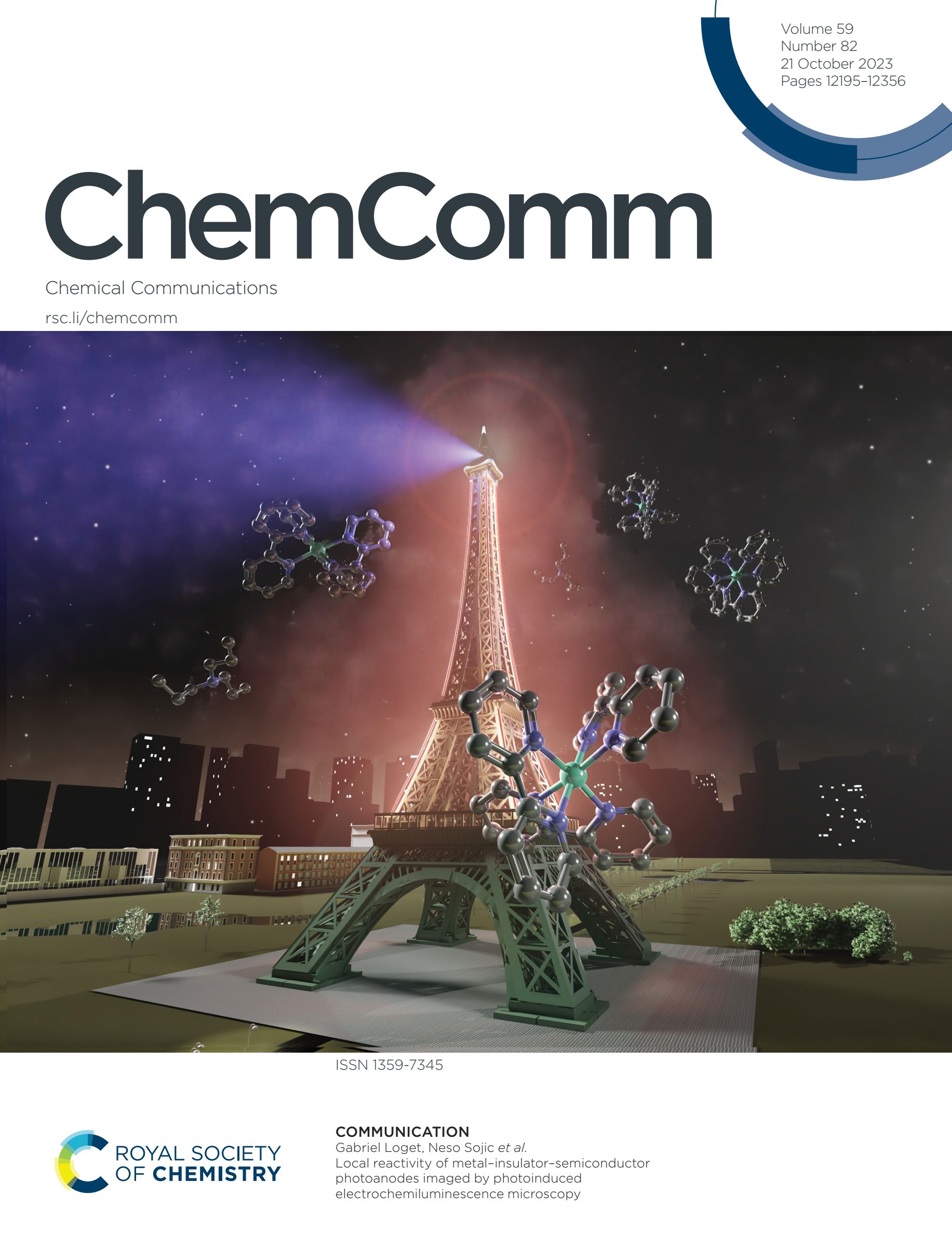L. Wang, H. Zhang, T. Zhuang, J. Liu, N. Sojic, Z. Wang
Analytica Chimica Acta, 2022, 1191, 339346.
Electrochemiluminescence (ECL) is a powerful readout method for the development of (bio)sensors, whose performances depend on the electrode materials and the architecture of its surface. Herein, we demonstrate that the precise control of the sensing interface using the versatility of two-dimensional (2D) transition metal carbides (Ti3C2TX MXene) leads to the enhancement of the ECL signal. This electrode material, which exhibits remarkable structural and electrochemical properties was decorated by the in situ formation of gold nanoparticles (AuNPs) owing to the Ti reducibility. Then, a large amount of the luminophore, Ru(bpy)32+, was immobilized on Ti3C2TX MXene thanks to its unique negative charge and large specific surface area to obtain Ru–Ti3C2TX-AuNPs. The presented approach exploits the high catalytic activity and excellent conductivity of this 2D nanomaterial as illustrated by the enhanced ECL emission performance of the Ru–Ti3C2TX-AuNPs nanoprobes. Finally, DNA phosphorylated with polynucleotide kinase (PNK) was recognized efficiently by the chelation between Ti and phosphate group. A highly sensitive and selective ECL biosensor was developed for the detection of PNK and the screening of its inhibitors. A lower detection limit of 0.0002 U mL−1 and wide linear relationship ranged from 0.002 to 10 U mL−1 were obtained. Furthermore, the practicality of our method was tested in MCF-7 cell lysate, which opens enticing perspectives for future applications of Ti3C2TX materials in the ECL bioanalysis field.







